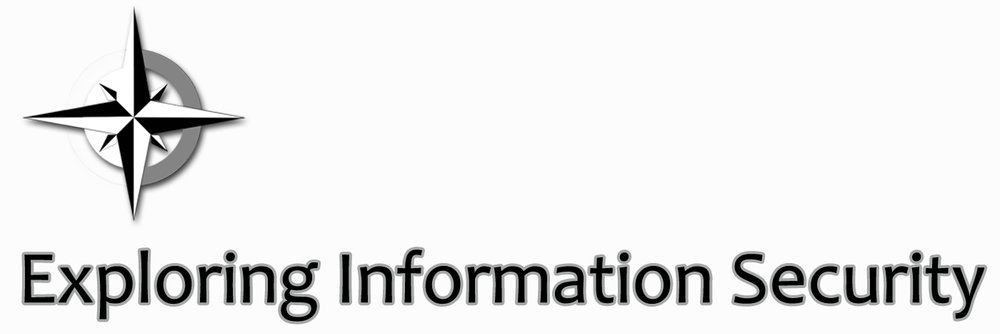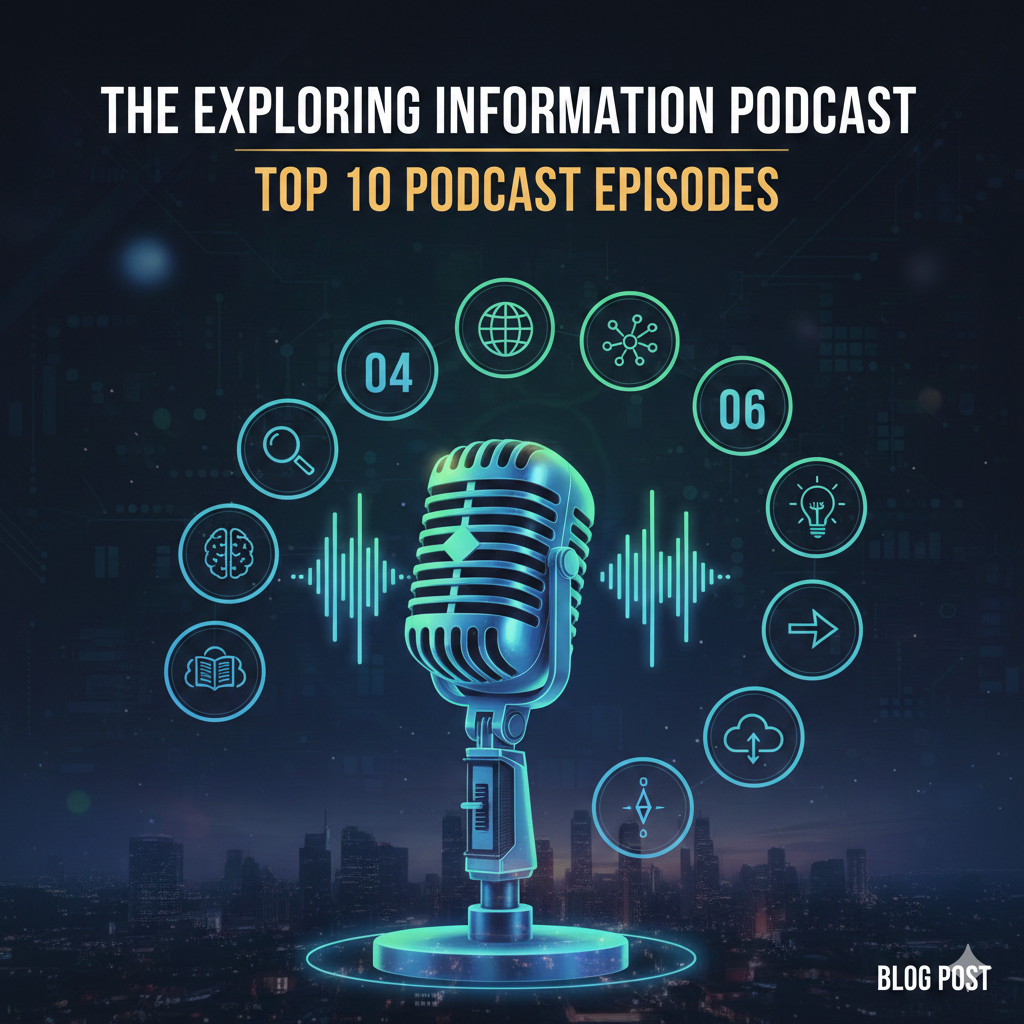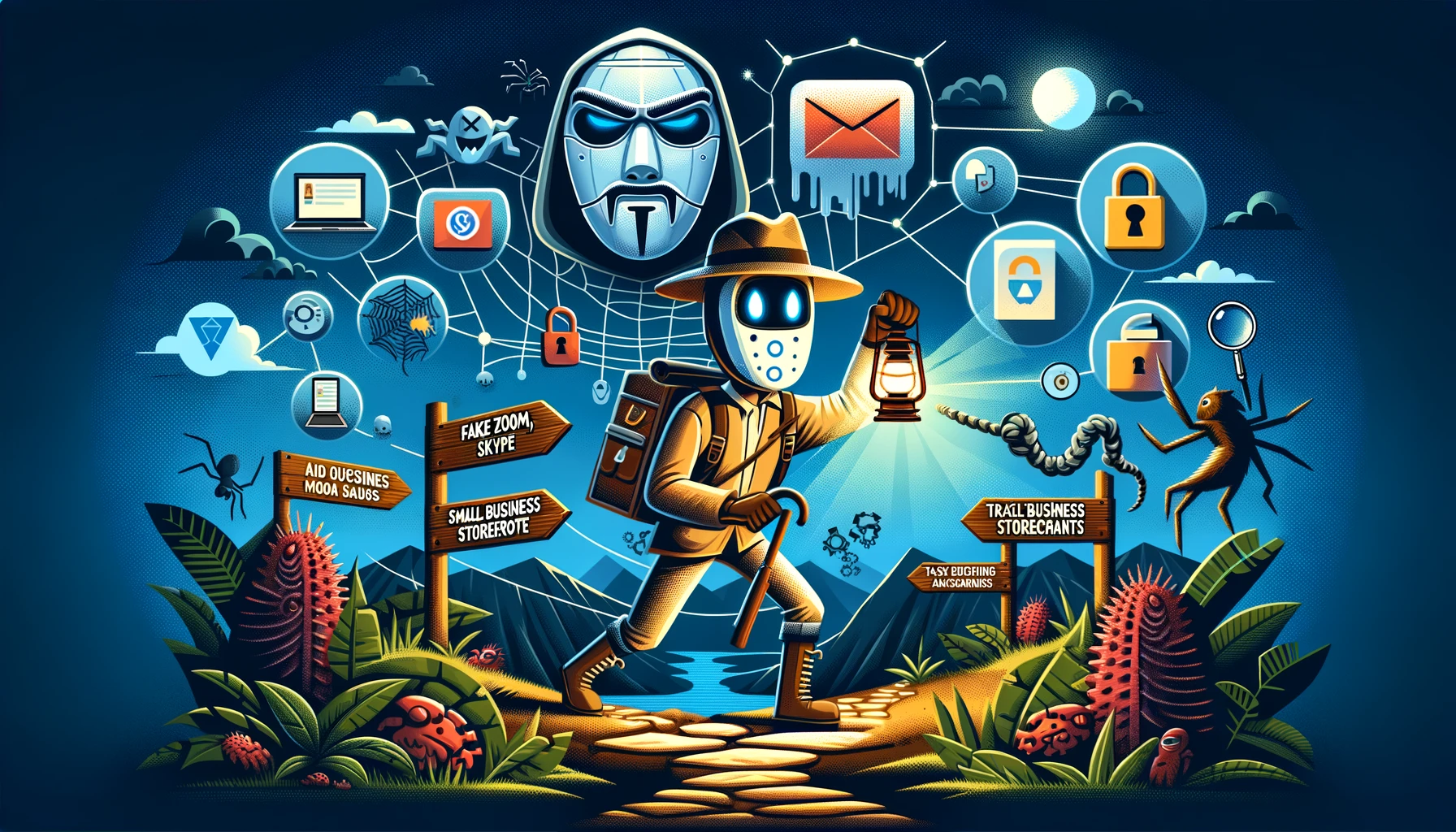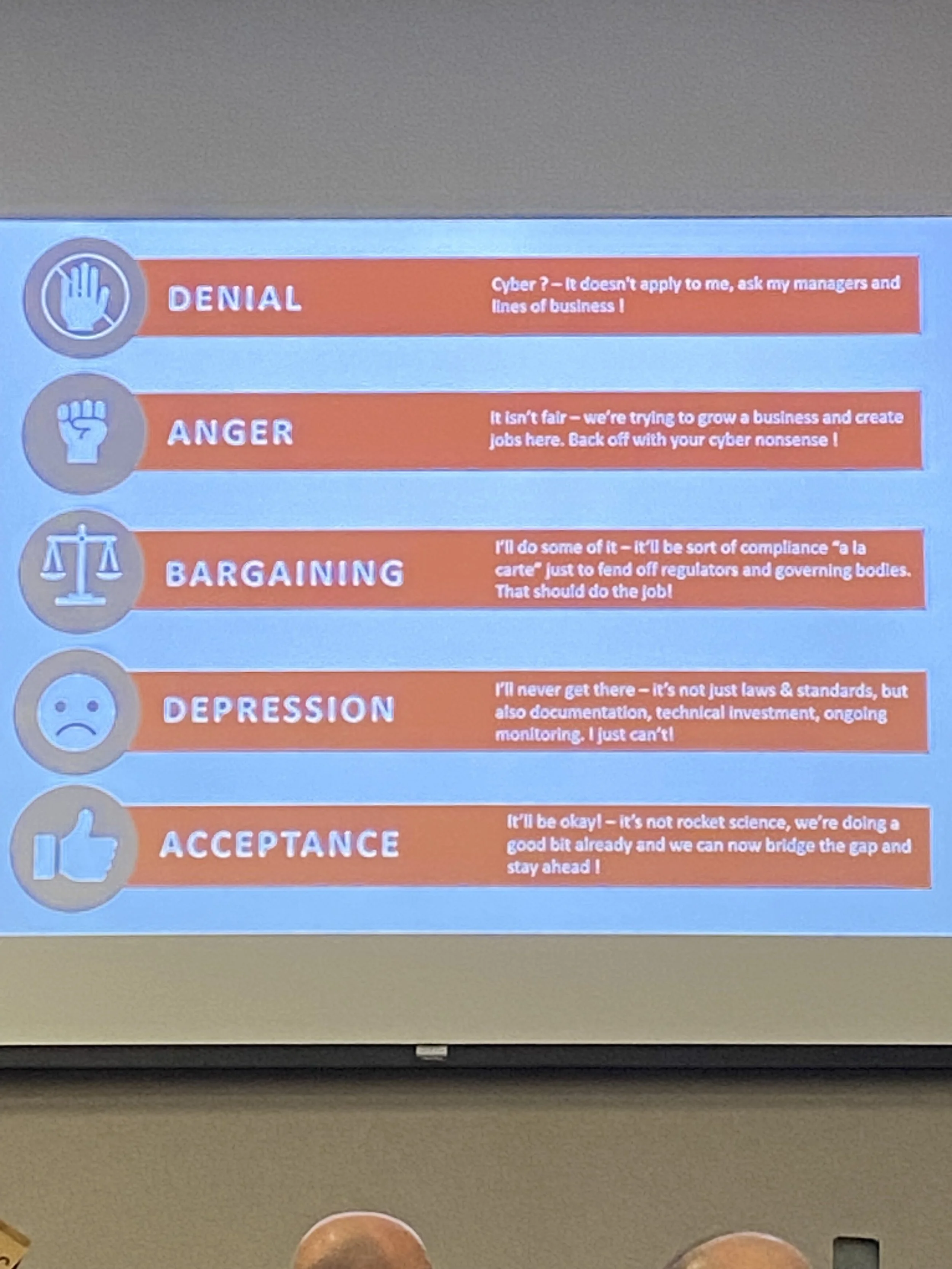A job search is work
Below you will find several log entries from me as I recently went through a job search. I wanted to do this to highlight how things have changed and show that even for someone who has several years of experience it’s tough. I started my search around the end of November and had it end in early March. The holiday’s certainly slowed things down but it still took a good three solid months. Getting hired at the end of a year is a rare thing because companies aren’t looking to add more to their books. Their focus is to close out the books and look as good as possible from a financial standpoint.
A lot more job posting went up at the beginning of the year and things seemed to pick up from a reach out and interviewing perspective. The job I eventually accepted had their posting up in early December but didn’t start talking to me until the beginning of the year.
I cater my resume to the role and despite all that I still got A LOT of rejection letters. In fact I just got another one yesterday. Prepare for baseball type of stats where it’s normal to bat .300 instead of .800. I did notice that it’s less likely a company will talk to you if their not in their city. Through my network I heard this quite a bit despite my willingness to relocate to certain parts of the country. Talking to some recruiters it was certainly a weird market with a lot of companies wanting to be back in office and with the layoffs last year it was harder to stand out.
Another factor is my background. I have a broad background and have successfully implemented programs in multiple disciplines. I have confidence I can adapt my skillset to any role. I’ve done it in just about every job I’ve had. Unfortunately, a lot of hiring managers are looking for a specific skillset and only that skillset. Recruiters are another layer where they often are just looking for keywords in a resume. I also found that AI was starting to play a part. I had a screening call that utilized AI. I tried to better understand how that worked on the backend but couldn’t find a lot of materials. I’d like to see how AI is impacting candidates both positively or negatively.
Last year I took some time to reflect on what I really wanted to do and where my background and skillset could really be useful. I found that security awareness was something I’ve done at all my previous jobs and that there were companies hiring and paying well enough for the role. That’s where I focused my job search and that’s where I’ve ended up. I’m excited for what’s ahead. Below is my journey to that role.
Log
Entry 1: Willo and one-way video interviewing. This was an interesting experience because I was given a set of questions and asked to record my responses. I’ve never done this before and found it interesting. I had three minutes to record. I could save and continue or re-record. There was only one question I needed to re-record multiple times either because I ran out of time or screwed up. I thought it was a great way to do a screening. I also loved that the screening involved behavioral questions. Which I’m a big proponent of using.
Entry 2 (five days later): To this point I’ve applied to 16 roles: I’ve got one early stage interview setup; I’ve had one one-way video screening; and two, “we think you’re a great candidate but we don’t want to talk to you.” The last one I know one of them was due to pay because they reposted and took out the top part of the salary range and the other probably my resume. The one early stage interview I have is due to knowing someone at the company who put me in for a role. Which is why I always recommend networking to find a job.
I haven’t had to do a job search where I submitted blindly to companies for over 10 years. This is an experiment for me. Is my resume just not up to snuff anymore or is there some other factor. A couple factors I’m keeping in mind is that it’s the end of the year which means deadlines and goals. People outside of government work are usually pretty busy trying to wrap up the year and so hiring takes a back seat. Financially, people aren’t looking to add budget to their team at the end of the year.
It’s also been a tougher job market with the economy being down. I’ve talked to recruiters and they say it’s been a slow weird end of the year. There’s more competition for me in the job market so I’ll get less looks or get looked over. I’m also being more picky about the opportunities I apply for because I feel like I know what I want to do. My experience can be an issue because it’s a little all over the place. The closest I came to niching was application security but two years into that role I was promoted to manager over security engineers, pentesters, and application security.
Which brings me back to my resume. When I redid it over 10 years ago it was due to not getting call backs. It ended up taking 15 months to find a new job. Redoing it to the current format increased my interview opportunities by 50%. My resume format may be dated. My theory is that my resume may work for hiring managers but not for recruiters or talent acquisition people because they’re not in the field. They’re looking for those specific words and probably something more eye appealing. I’ve already started experimenting with different formats and I’ll provide the results here when it’s completed.
Entry 3 (Star Date -299052.05): The rejection emails have come in. I got two this morning and I expect more if I haven’t been reached out to by a recruiter. This means my resume is a problem and I need to work on that. I watched this talk from BSides San Francisco 2023 by Zach Strong on Hacking the Hiring Process. I think I need to simplify my resume and get it back down to under two pages. My master resume is currently at five pages. When I customize it to the job role it get’s down to four pages but I think I still need to cut that in half. Next role that I’m interested in, I’ll have to be brutal with my cuts. The last few I have added a new section called, “Applicable Qualifications” or “Applicable Experience” to try and highlight what makes me a potential candidate. We’ll see if that helps.
Ultimately, networking is still the best way to get in front of the hiring manager. I’ve gotten in front of one. Had the interview and then haven’t heard from them in about a week. This is unfortunately typical and disappointing. I’ve had enough of these that the behavior doesn’t bother me as much anymore. I’ve probably eliminated myself but it’d still be nice to be told that and given any feedback on what I’m lacking.
Entry 4 (some time later): More rejection letters have come in. I’ve gotten my resume down to two pages. I’m not sure the format is great but I like it and I’d like an organization that would want that kind of format. That’s me being naïve though and I’ll end up changing it. I want to make small tweaks just to see if I start getting more screening calls.
I did recently talk to someone else doing a job search and they said it was tough. They had read an article or something on reddit where someone had applied to 500 jobs. Got 20 call backs and two offers. I think it highlights the current state of the job market. It’s tough but I feel like I’m starting to see more posts go up and as people start ramping up for 2024.
To be continued…
Entry 5 (later): I got the rejection email from the place that had me do a one-way interview. I noticed it mentioned AI in the email and now I’m curious what that actually means for the hiring process.
Ignyte AI is the tool that was used for the screening. Looking it up there’s not a lot of information on it other than marketing material. Definitely something to explore in the future. Here are some links I found on it.
https://www.ignyteai.com/
https://huntscanlon.com/recruiting-platform-ignyte-ai-launches/
Entry 6 (Happy New Year!): I got a screening call setup for a position I applied for a few weeks ago. Hiring slows down during the holiday pretty significantly. Either the talent acquisition people are out or the hiring people are out or both. I’m hoping thinks pickup thought I expect I’ll continue to get rejection letters.
Entry 7 (busy): I’ve been focusing on getting podcast and blog posts produced and published so this has gone by the wayside a little bit. Screening call and interview with the hiring manager went well. I am setup for another interview with a panel of people and then a decision will be made. I have gotten more rejection letters, but I also recorded and published a really interesting podcast with Erin Barry from Code Red Partners.
I learned a couple things from the conversation. As I suspected it’s a weird time to be looking for a job. Networking is still king but there’s also some really crappy things that organizations do. They’ll put up a posting just to see what the market. There’s also people just looking for keyword searches and not getting anywhere near your resume. One of the key points she made was not getting down on yourself as part of the process. There’s a lot of factors that go into an opening that we just don’t see.
As part of another recording session I had, the guest pointed out to me that my LinkedIn page needed some work. I followed their recommendation around adding a banner and cleaning some other stuff up. Today I got a call from a recruiter for a director cybersecurity position in my area. Not sure it’s a great fit but the resume is off and we’ll see if we ever hear anything back.
Entry 8 (end of January): I just had a final interview for the one position that has progressed significantly. I’m still in for another position that I started the conversation in early December but it’s been very quiet. Talking with the hiring manager it sounds like a lot of internal politics and a question about remote work. The position is unfortunately up north and a region that is off limits for my family. I am still looking at job postings and applying to the ones I find interesting. I have also reached out to a recruiter about one position but haven’t heard back from them.
I like the idea of reaching out to recruiters and feel I should have done it before but I imagine some of them may not get back to me because they’re busy. I have seen encouraging signs though for the market with recruiters seeing there’s more jobs being posted. There are also more people getting back into the job market hunt so I would expect it’s still a competitive market. The place of my final interview is local. I have an advantage there because the discussion around relocation won’t be necessary.
Entry 9 (beginning of February): Shortly after my final interview for one position, I had another one start with a screening. That has progressed to another panel interview that I’m still waiting to hear back on. I still have not heard anything from the one I had a final interview on. I’m okay with that because I’m still in process on a couple other things and I continue to find security awareness positions being posted. It seems to be a position that a lot more companies are looking at and that hopefully means I can land in one. I haven’t really talked about it here but security awareness is where I want to head with my career. several years ago it was an addon to GRC or other roles. I did it as a passionate project but that were was never the thought of it being a full time gig. I’m happy to see this because I have the experience, knowledge, and desire to be successful in this discipline. It’s now just a matter of convincing someone else I’m right for the job.
I will say the waiting is a bit frustration. Even if things are being lined up a yes or not would be fine with me because it allows me to adjust and something I’ll talk about more in a future blog post. I did have some progression on the first position where I’ve had some conversations. That’s actually shifted to a discussion on being a contractor and would significantly help me with continuing down the self-employed path.
One other item I want to talk about is using AI to prepare for an interview. I took the job description and information I got from the recruiter and had ChatGPT create me some interview questions. I then wrote the questions on one side of a notecard and my answers on the other. Then I practiced the question and answering the question out loud. This is something I’ve always done for interviews but AI helped me create the questions a lot easier and made them applicable to the questions I get accessed. I had a technical assessment on the panel interview. I suck at technical questions in interviews. I always overthink them. I didn’t do great but the idea that came from that experience was to use AI practice for the technical assessment in an interview.
Entry 10 (later that week): Got a call this morning for one job and my salary requirements. Also got an email about not moving forward in another interview process because of the competitive talent pool. I’ll address both below.
Salary requirements are always an interesting thing for me. I am not a person that is motivated by money. I’ve reached all my financial goals and so the range I’m in now. I’ve been told I can go make 200k easily and have several peers that do. I don’t need that much money. The problem with telling people that though is that I get the sense they feel bad and then don’t give me the work I need to stay busy. So I’m in this weird balancing act of taking less money or making my requirements higher. I’m always willing to negotiate lower if it’s a position I’m interested in. I’m also very likely overthinking it.
It’s tough getting a notice that I won’t be moving on in a process or another candidate was selected. I got no feedback other than it was a competitive pool of candidates which I have no doubt there are. I was told salary was not a factor in the decision. This is the part where I need to remind myself that I may have interviewed well but the decision could have been any number of factors out of my control. Someone may have been referred. There may have been an internal candidate preferred. The process may have not been set up to allow me to shine properly. It could have been any number of things. I would have still liked to get more feedback because I want to improve but I’ve said the same thing to other candidates. I had multiple people and liked both and one just edged out the other for whatever reason. The one thing I knew I could have been better on was the technical assessment. I have played around with AI a bit and I think it would be very useful for practice for a technical assessment. I will have a future blog post on the topic.
Entry 11 (last one): I did get a job offer the next week and I’ve started the onboarding process, which is why I haven’t updated this post until now. I start next Monday and this post will be up shortly after I start. The onboarding process has been good. I think a lot of organizations have embraced automations and using platforms to onboard people. This is a good thing and it seems like I’m getting a lot of the stuff I need lined up ahead of time. I’ve also got my first day orientation schedule which is nice to have and know ahead of time.
I’m excited for this opportunity. I’ll be focusing on security awareness for my career which is a role that wasn’t around a few years ago. Organizations seem to be taking security awareness a lot more seriously instead of it being just a checkbox. I’ve been doing security awareness at organizations as a passion project for years, so it’s nice to have a role where I can just focus on that. I’ll be writing more about it more in other blog posts and probably talking about it on the podcast. While I have a full-time job now, I do plan to continue to producing content on this site.













